Filter by
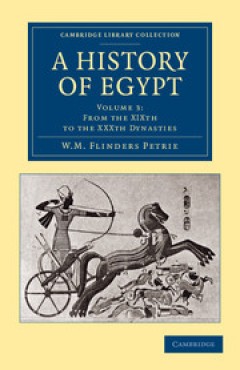
A History of Egypt
Published in six volumes between 1894 and 1905, this collection served as a valuable reference work for students and scholars of Egyptology at a time when ongoing archaeological excavations were adding significantly to the understanding of one of the world's oldest civilisations. At the forefront of this research was Sir William Matthew Flinders Petrie (1853–1942), whose pioneering methods ma…
- Edition
- -
- ISBN/ISSN
- 9781107325166
- Collation
- -
- Series Title
- Cambridge Library Collection - Egyptology
- Call Number
- -
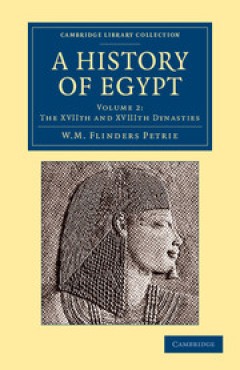
A History of Egypt
Published in six volumes between 1894 and 1905, this collection served as a valuable reference work for students and scholars of Egyptology at a time when ongoing archaeological excavations were adding significantly to the understanding of one of the world's oldest civilisations. At the forefront of this research was Sir William Matthew Flinders Petrie (1853–1942), whose pioneering methods ma…
- Edition
- -
- ISBN/ISSN
- 9781107325159
- Collation
- -
- Series Title
- Cambridge Library Collection - Egyptology
- Call Number
- -
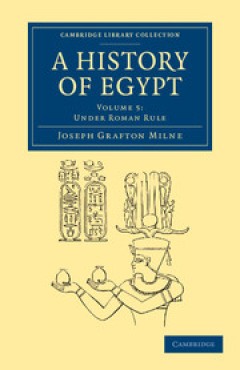
A History of Egypt
Published in six volumes between 1894 and 1905, this collection served as a valuable reference work for students and scholars of Egyptology at a time when ongoing archaeological excavations were adding significantly to the understanding of one of the world's oldest civilisations. At the forefront of this research was Sir William Matthew Flinders Petrie (1853–1942), whose pioneering methods ma…
- Edition
- -
- ISBN/ISSN
- 9781107325180
- Collation
- -
- Series Title
- Cambridge Library Collection - Archaeology
- Call Number
- -

A History of Discoveries at Halicarnassus, Cnidus and Branchidae
Charles Thomas Newton (1816–1894) was a British archaeologist specialising in Greek and Roman artefacts. He studied at Christ Church, Oxford before joining the British Museum. Newton left the Museum in 1852 to explore the coast of Asia Minor, and in 1856 he discovered the remains of the Mausoleum of Halicarnassus, one of the seven ancient wonders of the world. This study, first published in 1…
- Edition
- -
- ISBN/ISSN
- 9780511910302
- Collation
- -
- Series Title
- Cambridge Library Collection - Archaeology
- Call Number
- -

A History of Discoveries at Halicarnassus, Cnidus and Branchidae
Charles Thomas Newton (1816–1894) was a British archaeologist specialising in Greek and Roman artefacts. He studied at Christ Church, Oxford before joining the British Museum. Newton left the Museum in 1852 to explore the coast of Asia Minor, and in 1856 he discovered the remains of the Mausoleum of Halicarnassus, one of the seven ancient wonders of the world. This study, first published in 1…
- Edition
- -
- ISBN/ISSN
- 9780511910296
- Collation
- -
- Series Title
- Cambridge Library Collection - Archaeology
- Call Number
- -
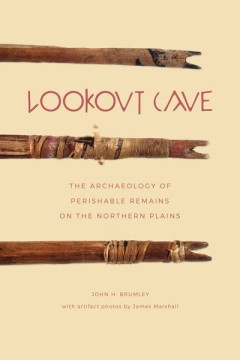
Lookout Cave the Archaeology of Perishable Remains on the Northern Plains
In the mid-1960s as a young high school student John Brumley visited Lookout Cave for the first time and knew immediately that the site was exceptional. The cave, located in north central Montana, was initially discovered in 1920 but it wasn’t until 1969 that a field crew from the University of Montana excavated a large portion of the remote site. The materials recovered in that excavation re…
- Edition
- -
- ISBN/ISSN
- 9781771991803
- Collation
- -
- Series Title
- Recovering the Past: Studies in Archaeology
- Call Number
- 280 pages

A Historical and Topographical Guide to the Geography of Strabo
Strabo's Geography, completed in the early first century AD, is the primary source for the history of Greek geography. This Guide provides the first English analysis of and commentary on this long and difficult text, and serves as a companion to the author's The Geography of Strabo, the first English translation of the work in many years. It thoroughly analyzes each of the seventeen books and p…
- Edition
- -
- ISBN/ISSN
- 9781316848203
- Collation
- -
- Series Title
- -
- Call Number
- -
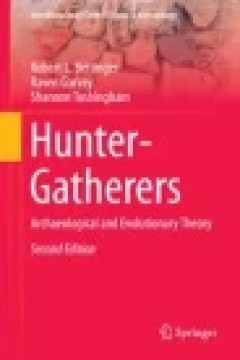
Hunter-Gatherers Archaeological and Evolutionary Theory
Hunter-gatherer research has played a historically central role in the development of anthropological and evolutionary theory. Today, research in this traditional and enduringly vital field blurs lines of distinction between archaeology and ethnology, and seeks instead to develop perspectives and theories broadly applicable to anthropology and its many sub disciplines. In the groundbreaking …
- Edition
- -
- ISBN/ISSN
- 978-1-4899-7580-5
- Collation
- XV, 304
- Series Title
- -
- Call Number
- 930 BET h
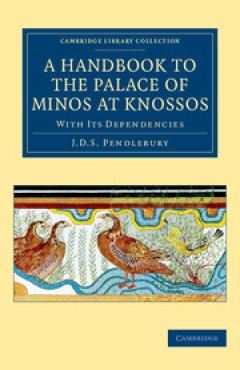
A Handbook to the Palace of Minos at Knossos With its Dependencies
Sir Arthur Evans's excavation at the Cretan site of Knossos from 1900 onwards uncovered a previously unknown civilization. His enthusiastic (though controversial) reconstructions of the site and its fresco decorations made it an attractive destination for travellers and tourists, and Evans thought a simple guidebook for visitors would be desirable alongside his own multi-volume work, The Palace…
- Edition
- -
- ISBN/ISSN
- 9781107448940
- Collation
- -
- Series Title
- Cambridge Library Collection - Archaeology
- Call Number
- -
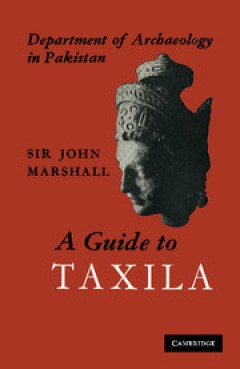
A Guide to Taxila
Sir John Marshall (1876–1958) was a British archaeologist who was the Director-General of the Archaeological Survey of India from 1902 to 1928. First published in 1960, as the fourth edition of a 1918 original, this book was written to provide a concise guide to the ruins of Taxila, excavation of which was led by Marshall. The introductory chapters give the topographical and historical backgr…
- Edition
- -
- ISBN/ISSN
- 9781316529904
- Collation
- -
- Series Title
- -
- Call Number
- -
 Computer Science, Information & General Works
Computer Science, Information & General Works  Philosophy & Psychology
Philosophy & Psychology  Religion
Religion  Social Sciences
Social Sciences  Language
Language  Pure Science
Pure Science  Applied Sciences
Applied Sciences  Art & Recreation
Art & Recreation  Literature
Literature  History & Geography
History & Geography